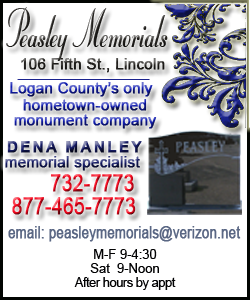| |||||||||||
| |||||||||||
Q: Why are the FOMC's rate decisions issued around 2:15 p.m.? A: Having a consistent time helps investors digest and react to the Fed's policy decisions. Issuing decisions when the markets are open gives Fed policymakers instant feedback from investors. Q: How are the FOMC's rate decisions approved? A: By a majority of the voting members, who now total nine. (At full strength, there would be 12.) That said, a close decision could spell trouble for the Fed chairman. It would suggest he can't win over policymakers to his side and could leave him weakened. Most votes are overwhelming, however, indicating that Fed chiefs are typically able to build consensus. Q: How are Fed officials selected? A: The president nominates the Fed chairman and his colleagues on the board of governors in Washington. They must be confirmed by the Senate. The presidents of the 12 regional Fed banks are appointed by each bank's board of directors, with approval from the Fed's board. A new law revamping the nation's financial system, however, bars bankers who sit on the board from voting. Other local business people serving on the board still retain their vote. This change was made to address concerns about potential conflicts of interest
-- having officials whose companies are overseen by the Fed in Washington picking the regional presidents. Q: How and why was the Fed created? A: Congress passed the Federal Reserve Act in 1913. The legislation was signed into law by President Woodrow Wilson on Dec. 23, 1913. The Fed began operating in 1914. It was created in response to a series of bank panics that plagued the United States during the 19th and early 20th centuries. Those panics led to bank failures and business bankruptcies that roiled the economy.
[Associated
Press;
Copyright 2010 The Associated Press. All rights reserved. This
material may not be published, broadcast, rewritten or
redistributed.



News | Sports | Business | Rural Review | Teaching & Learning | Home and Family | Tourism | Obituaries
Community |
Perspectives
|
Law & Courts |
Leisure Time
|
Spiritual Life |
Health & Fitness |
Teen Scene
Calendar
|
Letters to the Editor